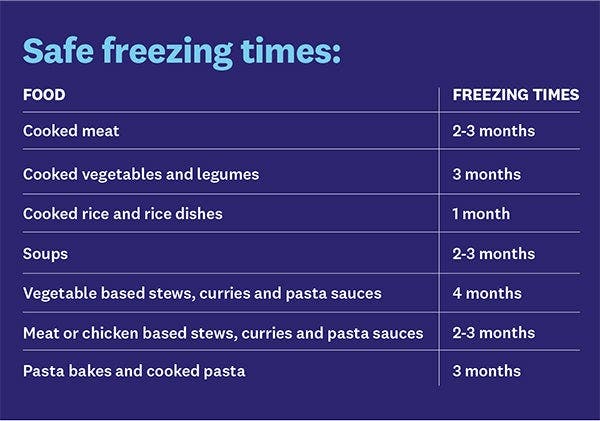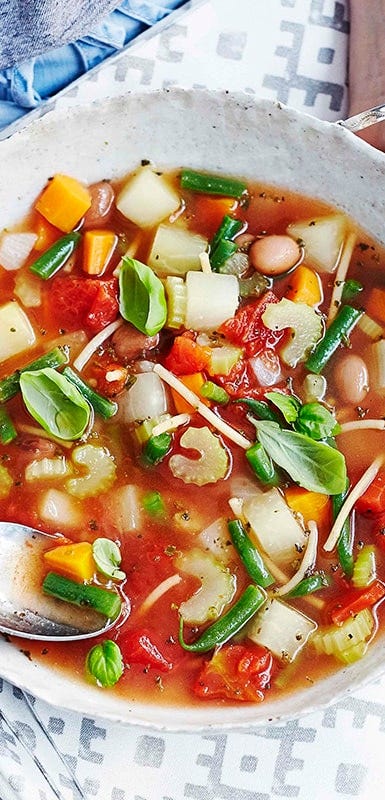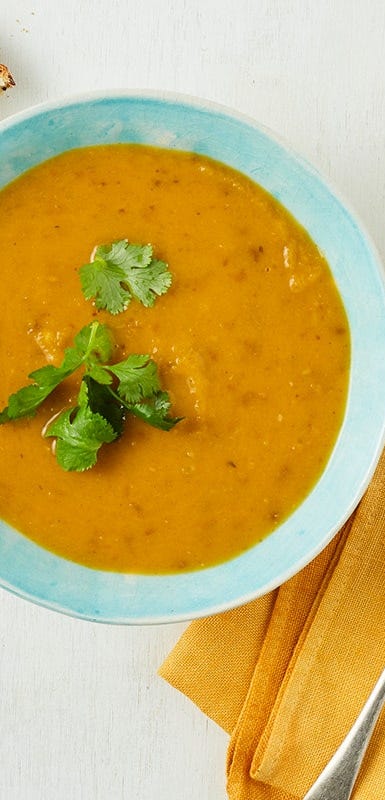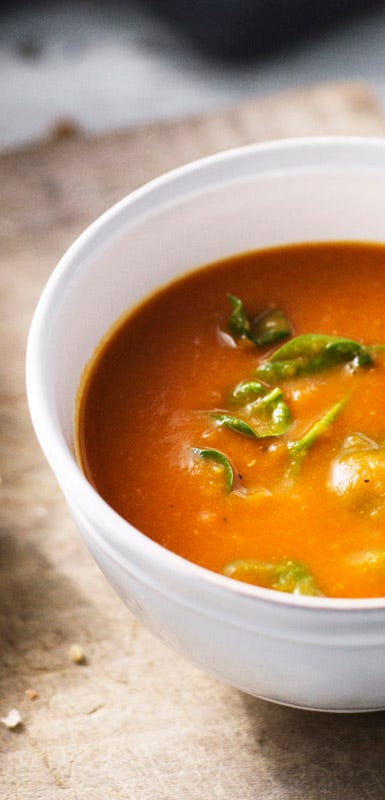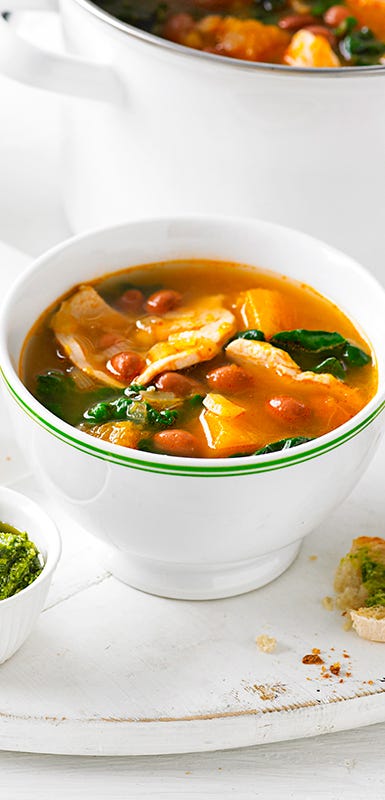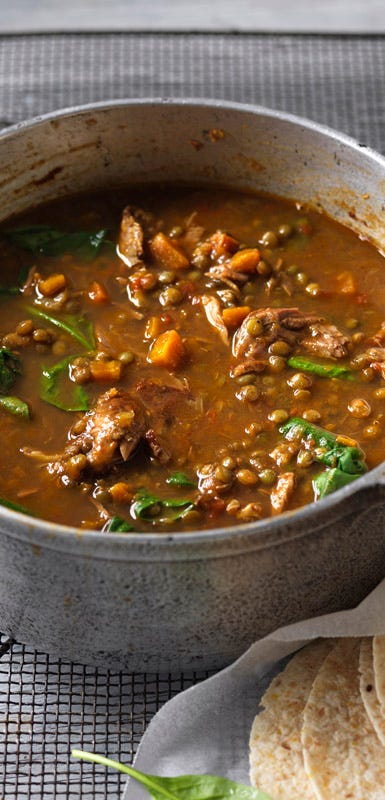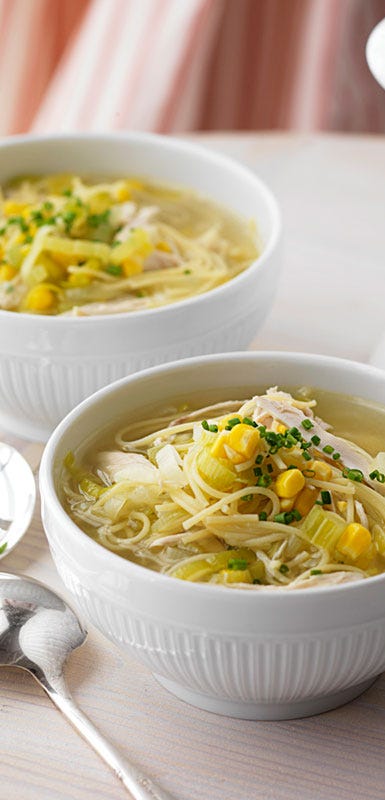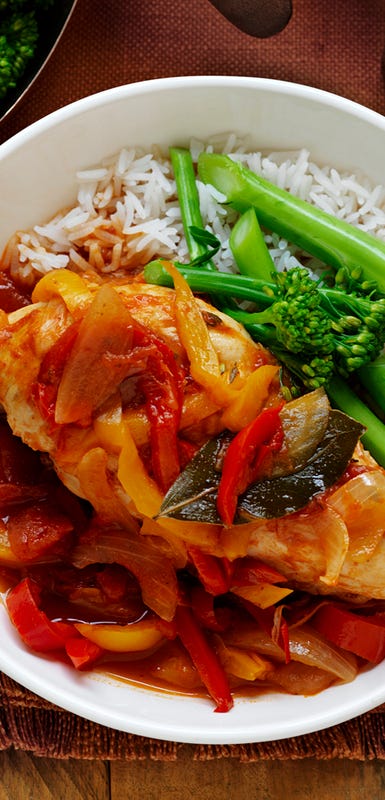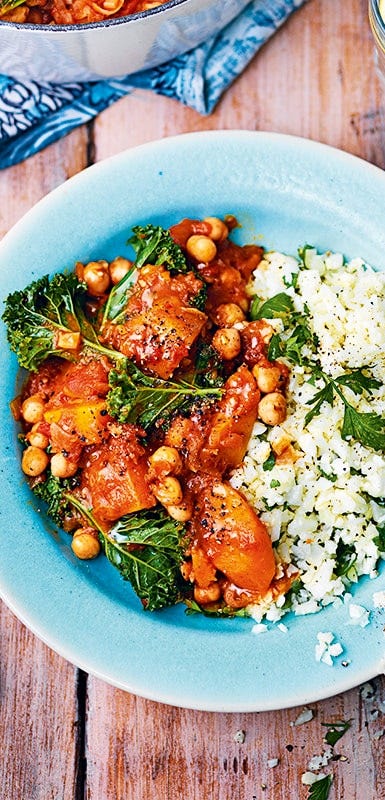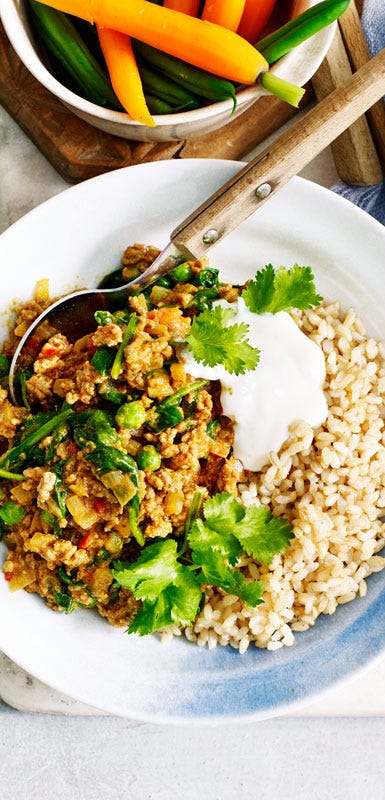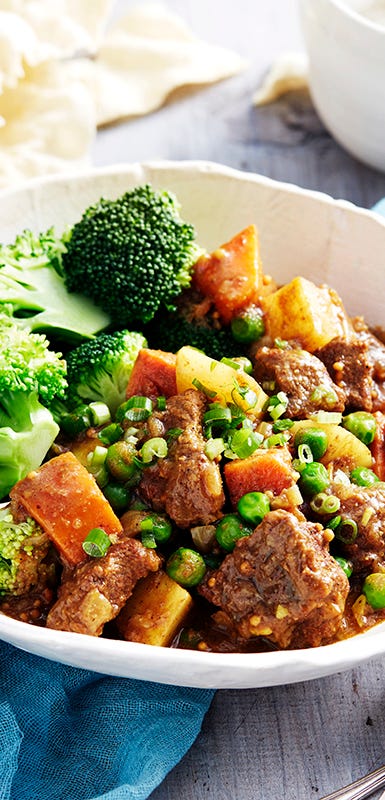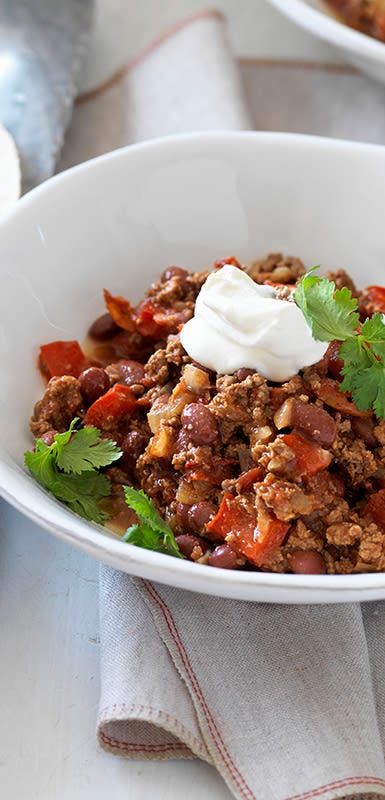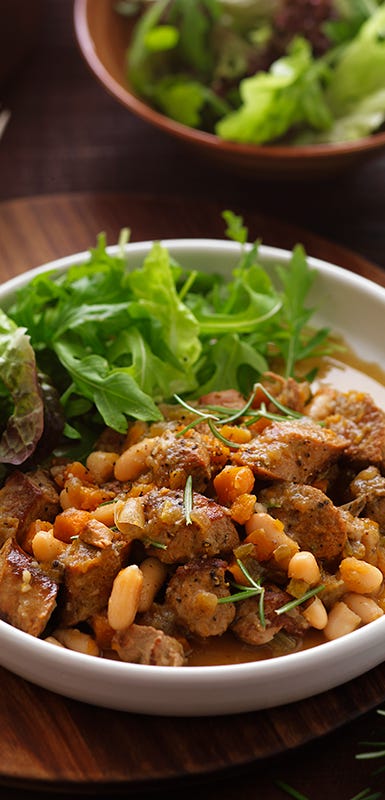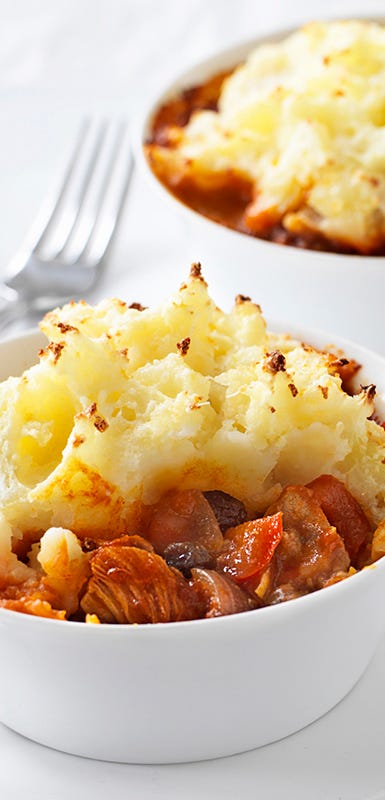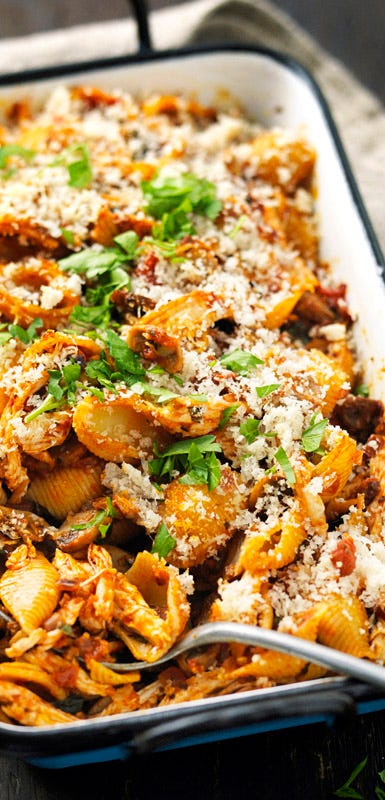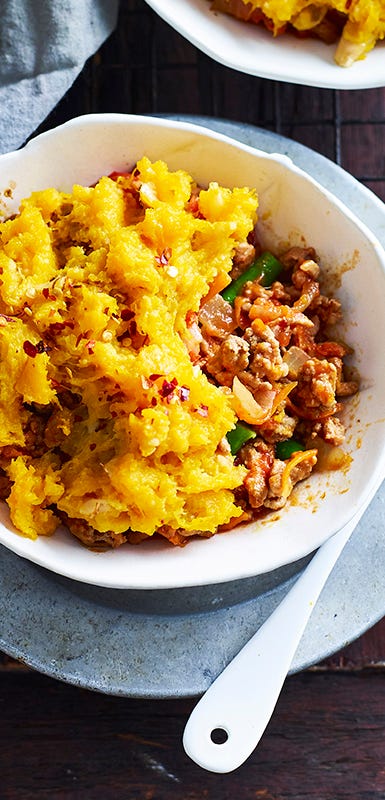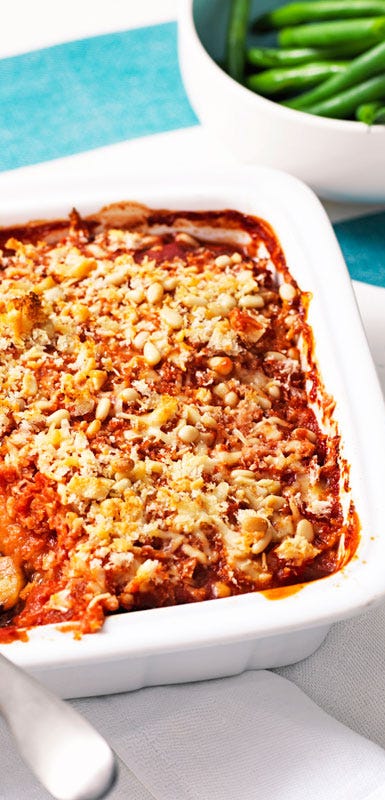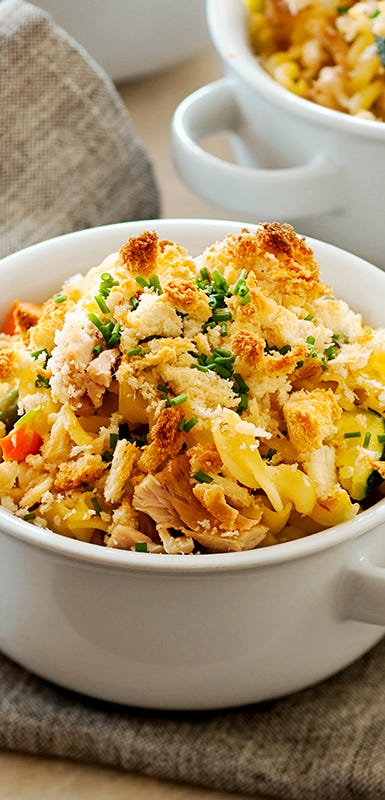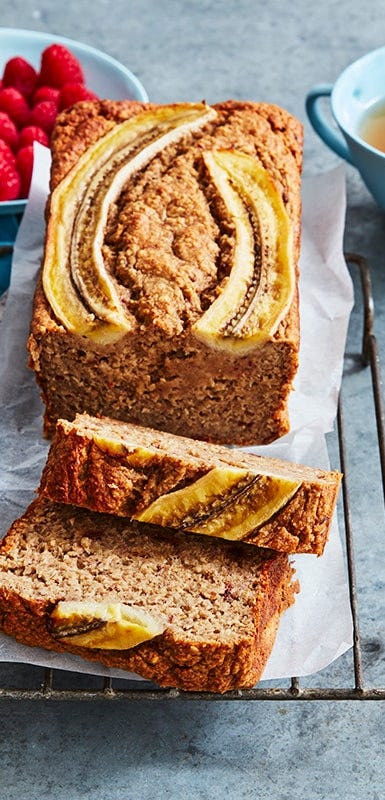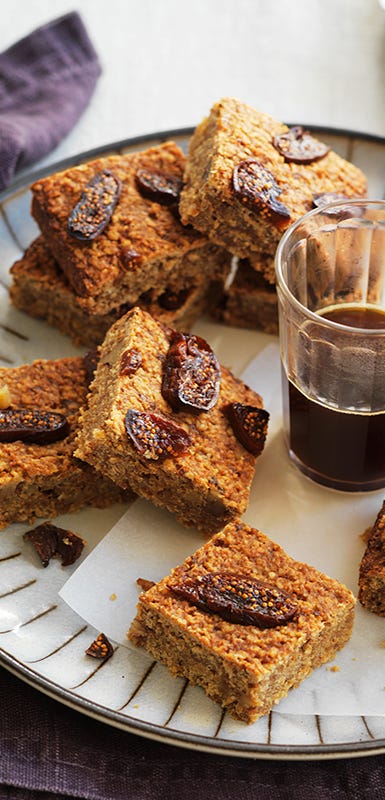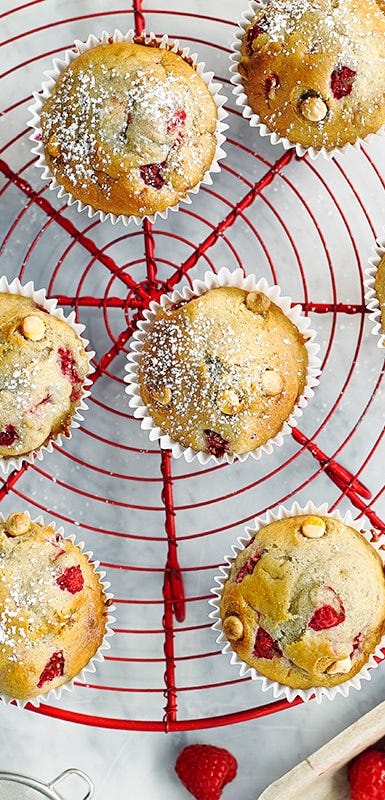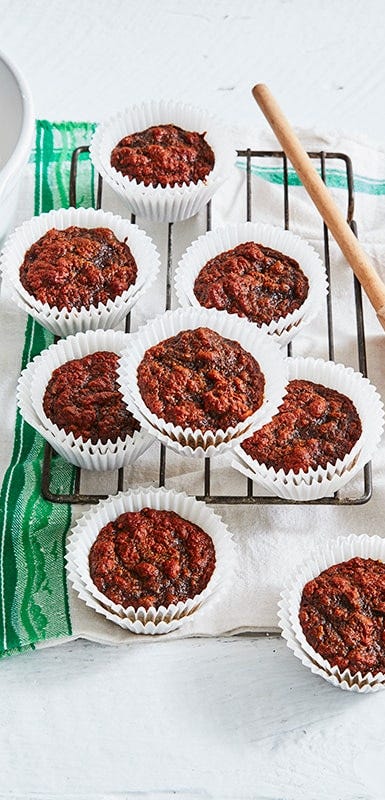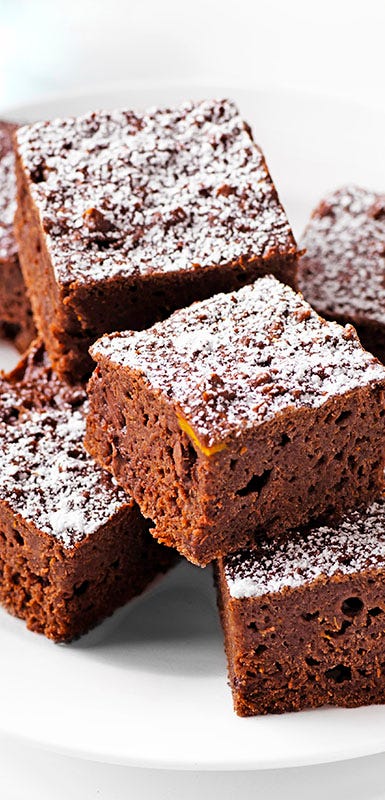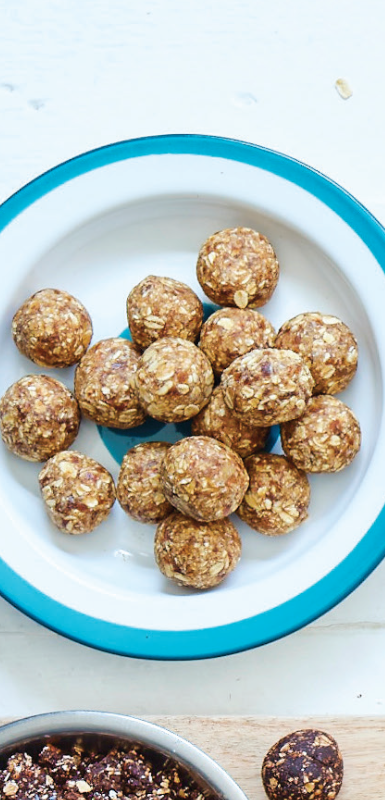Ultimate freezer-friendly recipes
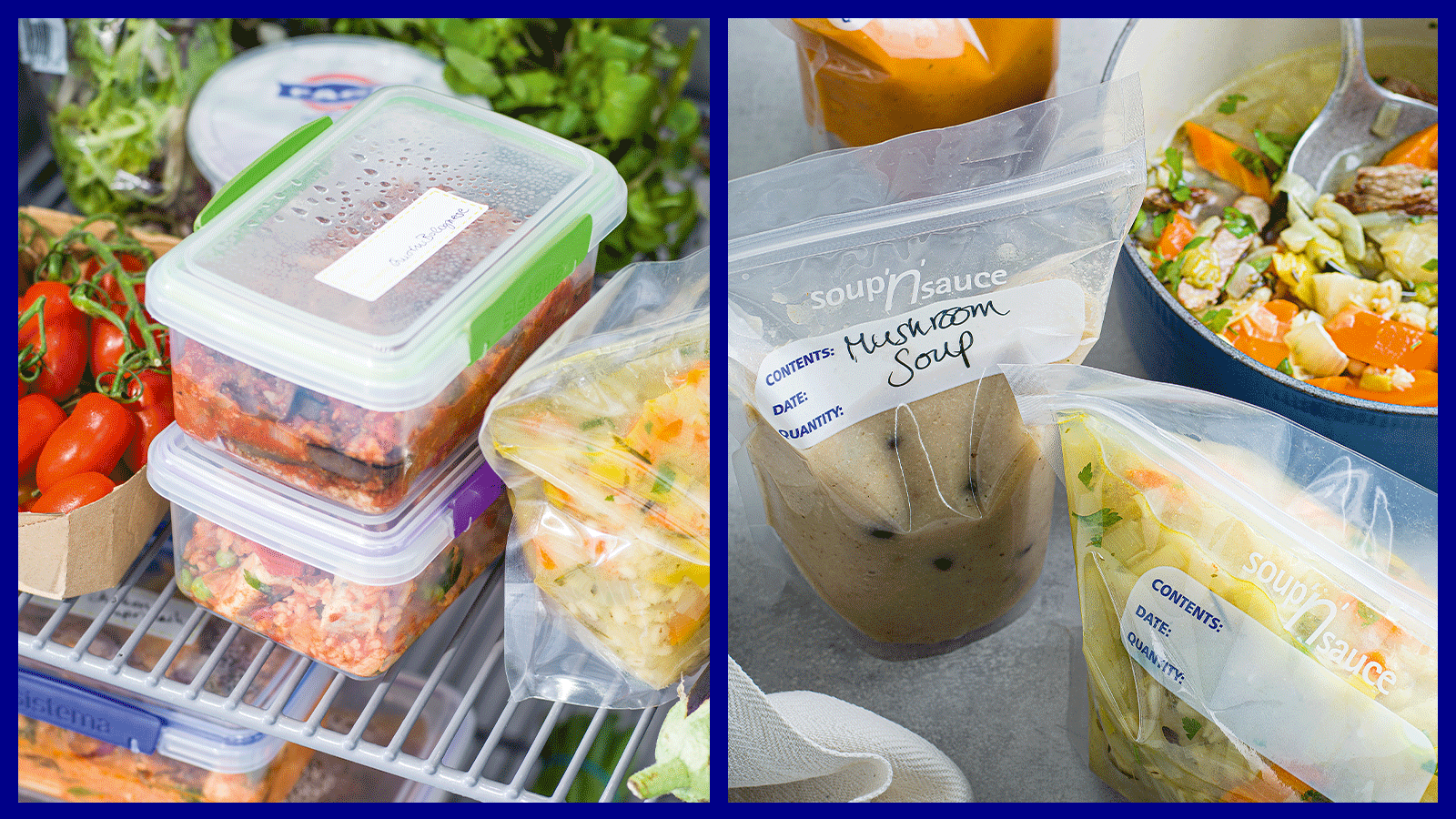

Freezer-friendly recipes to make when at home
The freezer isn’t just for frozen peas and backup loaves of bread, it’s also your best friend when it comes to batch cooking. Spend some time cooking some freezer-friendly recipes so you have healthy, nutritious meals on hand when you need it. Is your freezer full already? Why not cook a freezer recipe for some of your neighbours and drop it off when you go for a walk.
To keep your meals in the best possible shape, it’s important to be across the basics of safe and effective freezing. If you’re in need of a little freezing 101, here are some tips to get you up to speed.
1. Frozen food should be frozen hard
When done correctly, freezing food is an effective way to prevent bacteria from multiplying. If the temperature of the freezer is increased, not only can food be damaged, it can also allow bacteria to grow, compromising the safety of food. Make sure that your freezer is not overfilled and the door is not kept open for longer than necessary so that the temperature is maintained.
2. Cool before freezing
To avoid increasing the temperature of the freezer, cool foods before placing them inside (but don’t leave food out to cool for longer than two hours).
3. Freeze in small portions
Freezing meals in small portions not only helps it to cool down faster, which reduces the growth of bacteria, it’s also a good way to portion meals and prevent waste.
4. Package it well
Place food in freezer bags (making sure to squeeze out any extra air) or sealed food-safe containers to protect it from freezer burn and contamination. If using containers for soups or other dishes with a high water content, remember to leave a little extra room for expansion.
How to thaw safely
Food shouldn’t be thawed at room temperature, as this can allow dangerous levels of bacteria to grow. To defrost your frozen foods safely, use the defrosting setting on your microwave or place it on the bottom shelf of the fridge overnight. This last step is important, as keeping it on the bottom shelf prevents it from contaminating other foods if leakage occurs during defrosting.
